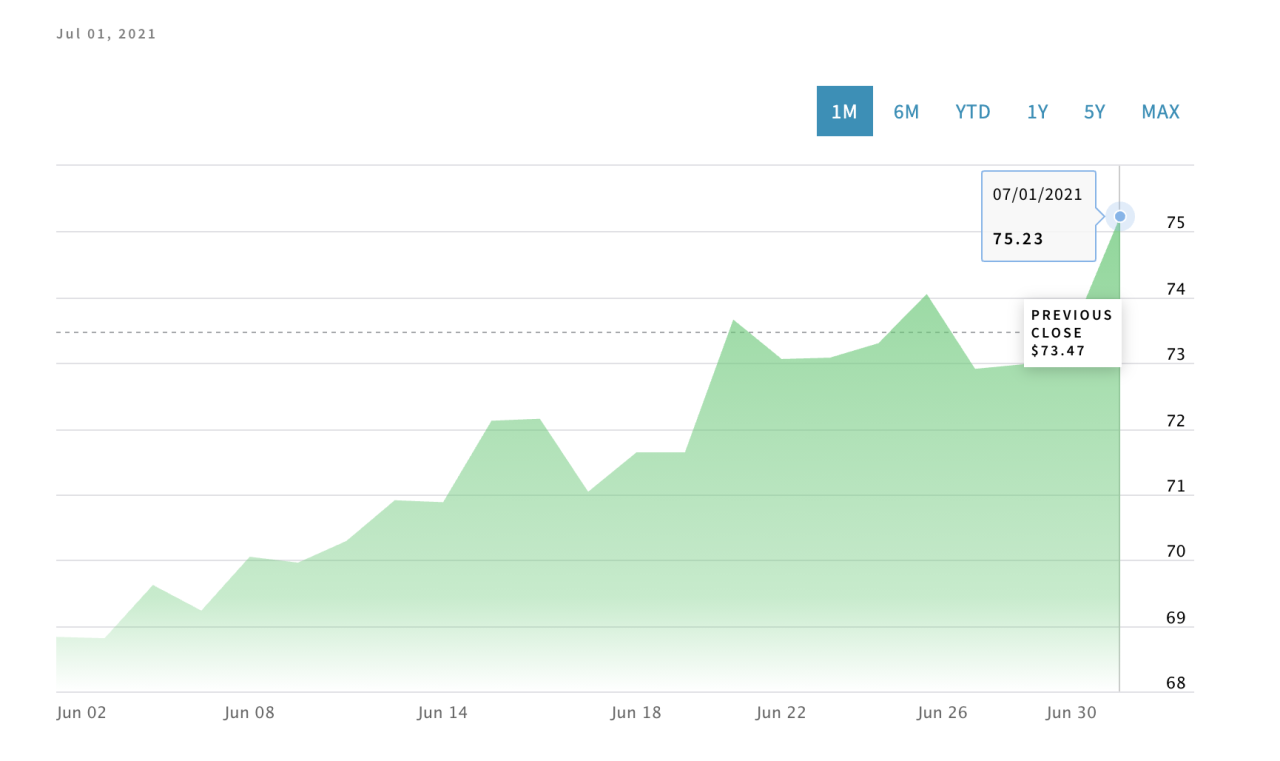(WSYM) — If you’re tired of staying at home, there isn't much choice than to hit the road.
Related:
"I need it so ... it's a necessity," said driver Tamika McClindon about filling up the tank.
Right before a holiday weekend, the rise in gas prices is no surprise, but the prices were seeing now, aren't just holiday hikes.

"If we go back to January of this year, the Michigan state average at that time was 2.32 a gallon, so we have gone up pretty much almost a dollar a gallon," said Adrienne Woodland with AAA.
So why is that? Well there are several factors in play.
First is the temperature.
"Just simply because the summer blend is more expensive to produce," said Woodland.

Second is the pandemic.
"Early on in the pandemic, demand for gas plummeted 60 percent, I think everyone can remember the day that oil prices went negative," said Patrick De Haan, Head of Petroleum Analysis at Gas Buddy.
Exxon Mobil BP and other large oil companies collectively lost tens of billions of dollars last year.

Five oil refineries in the US with a combined capacity of 801,146 barrels per day closed in 2020. Refineries here and abroad all slowed production, now we have a shortage.
"Supply is about 17 percent lower than it was pre-COVID, but demand for gasoline is nearly back to normal," said De Haan.

Prices rise with demand. According to NASDAQ, the price of oil in January was $47 a barrel; it’s risen steadily as COVID restrictions lifted to now more than $75 a barrel.
And this trend isn’t likely to reverse soon.

"Oil production hasn’t really gone up over the last year potentially because prices were so low last year that oil companies are in no hurry to get back into the game just yet," said De Haan.
Many still recovering from the pandemic are looking towards a future that may not rely on oil as automakers focus on electric builds. General Motors, for example, announced by 2035 they will only be selling electric vehicles.
Some say President Biden’s oil and gas policy changes are to blame for the high prices, but experts say that's not true.
"Because oil companies shut down previously open wells, nobody is really looking to drill new wells so none of the policies make an impact yet," said De Haan.
What about all the oil we import from overseas?

"The oil industry is in no hurry to increase production. OPEC, who met this week, decided to keep oil production unchanged," he said.
OPEC stands for Organization of the Petroleum Exporting Countries, and right now the alliance has hit a roadblock.
Saudia Arabia doesn’t want to increase oil production until 2023, some in the alliance agree, some disagree. Oil production will remain unchanged unless a comprise can be reached.
That means for the foreseeable future prices will continue to rise, and paying more than 330 a gallon could be part of the new normal.
"Part of a new normal until we start to see oil production increase meaningfully," said De Haan.
Until then, do your research before hitting the road, especially across state lines.
"We’re more expensive than Ohio right now by about 15 cents; we’re more expensive than Indiana, Illinois is more expensive than us," said Woodland.




